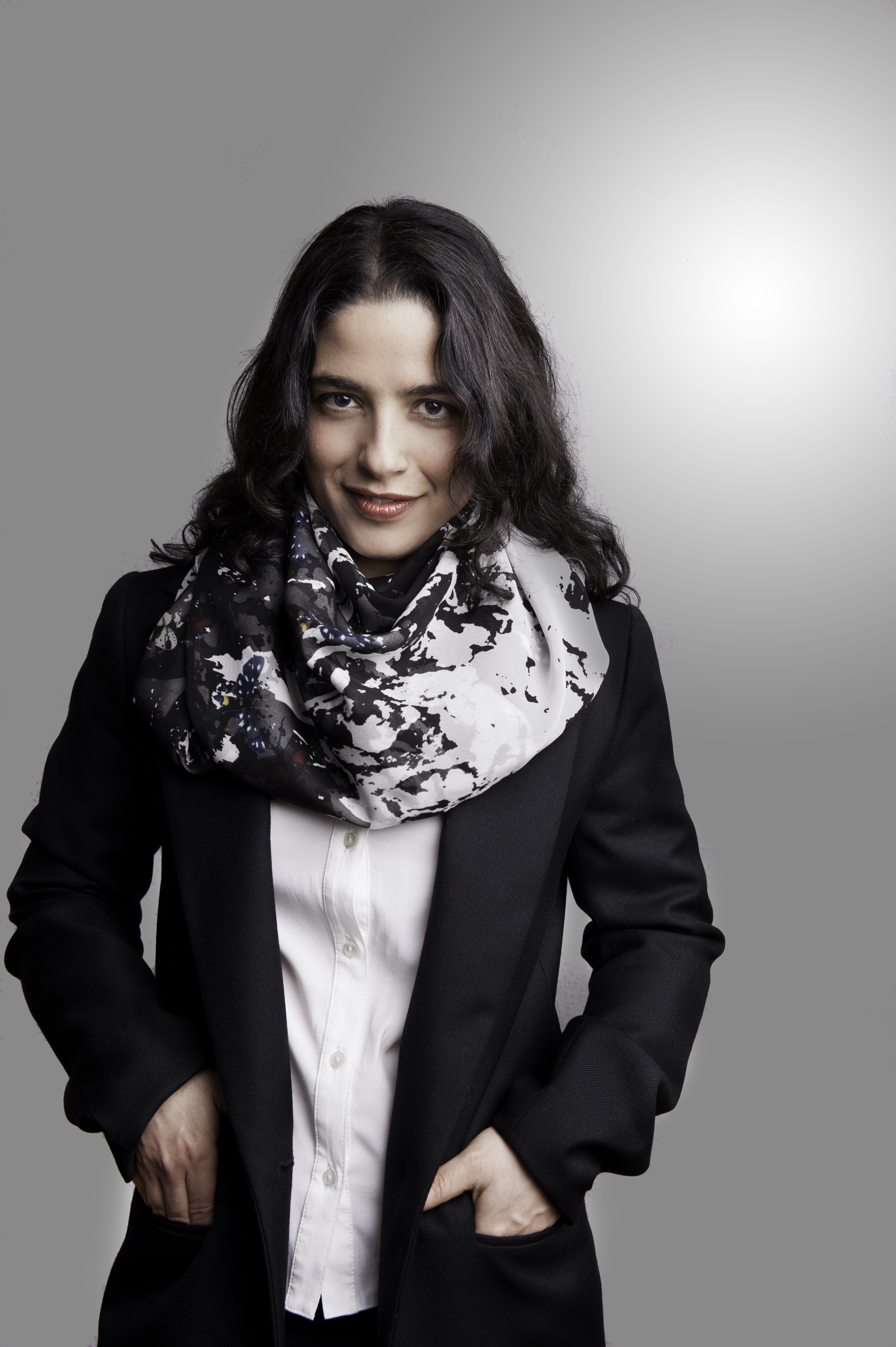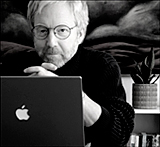Einav Yarden at the Phillips
By Stephen Brookes • The Washington Post • December 8, 2014
In “Oscillations” — her debut album released earlier this year — the Israeli pianist Einav Yarden paired Beethoven with Stravinsky to striking effect, tying that unlikely couple together with imagination and exceptionally vivid playing. She brought those same qualities to a recital of Bach, Ravel and Schubert at the Phillips Collection on Sunday, and while the afternoon may have been a bit short on adrenaline — this was not a keyboard-thrashing display of virtuosity — it showed Yarden to be a probing, incisive pianist with a beautiful sound and an impressively transparent touch.  Photo by Georg ThumThat transparency was quickly evident in Bach’s “ English Suite No. 2 in A minor,” which opened the program. If you like Glenn Gould’s Bach, you’ll like Yarden’s: crystalline and precisely balanced down to its molecules, with superb voice-leading and a sense of purpose in every note. Yarden might not have the hyper-immaculate technique that’s become the new normal in classical music, but if you looked past the minor flubs, she turned in a reading that had something much more important: a sense of immense majesty, tempered with gentleness and quiet grace.
Photo by Georg ThumThat transparency was quickly evident in Bach’s “ English Suite No. 2 in A minor,” which opened the program. If you like Glenn Gould’s Bach, you’ll like Yarden’s: crystalline and precisely balanced down to its molecules, with superb voice-leading and a sense of purpose in every note. Yarden might not have the hyper-immaculate technique that’s become the new normal in classical music, but if you looked past the minor flubs, she turned in a reading that had something much more important: a sense of immense majesty, tempered with gentleness and quiet grace.
Maurice Ravel’s “Valses Nobles et Sentimentales” from 1911 gave Yarden the opportunity to display her more lyrical side. This suite of eight waltzes still sounds adventurous and even edgy, and Yarden seemed to revel in its quick shifts of light and dark, its shimmering textures and its playful, sly wit — bringing the same clarity to Ravel that she brought to Bach.
Piano recitals often close with a high-octane piece designed to get the pulse racing, but Yarden chose Schubert’s “Piano Sonata in G Major, D. 894” — a work that glows with serenity for a good half hour, then just sort of falls asleep. There’s little of the heaven-storming that Schubert dishes out in his other sonatas, but Yarden brought a quiet sense of drama to the work, and the delicate mix of wistfulness and thundering that she found in the Andante was worth the price of admission.
Still, it was a welcome treat to hear Stravinsky’s “Piano-Rag-Music” as an encore. This spirited, jagged work from 1918 (think Cubist jazz, with a Russian edge) is not often heard — and Yarden’s quick, lively reading brought it alive.


Reader Comments